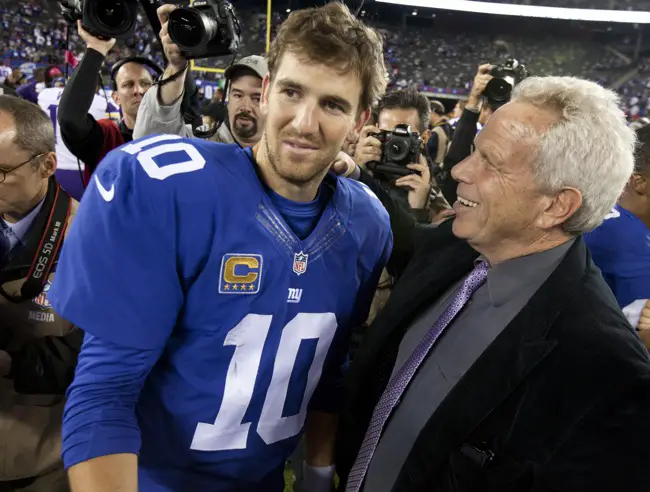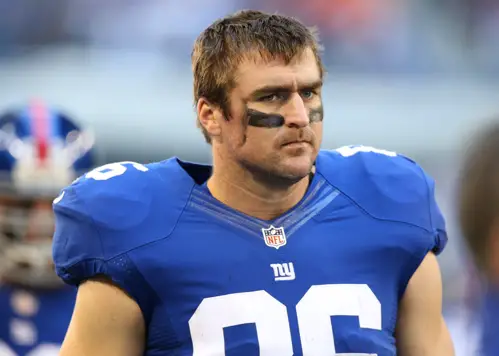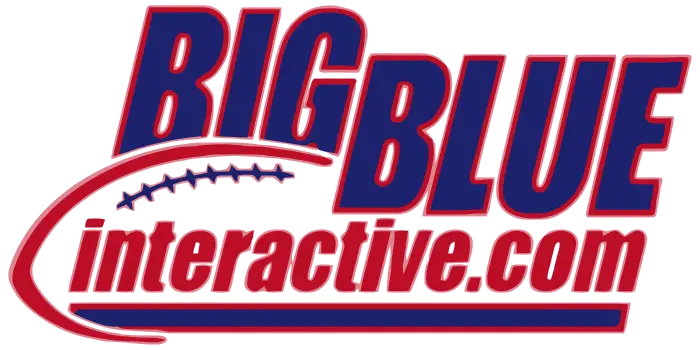![Jerry Reese’s Pre-Draft Press Conference; Bear Pascoe Signs With Falcons]()
by Eric Kennedy | May 1, 2014 | News and Notes
[contentblock id=1 img=html.png] General Manager Jerry Reese’s Pre-Draft Press Conference: New York Giants General Manager Jerry Reese held his annual pre-draft press conference on Thursday in advance of the 2014 NFL Draft. The following is the transcript: Q:...

by Eric Kennedy | Mar 24, 2014 | News and Notes
Steve Tisch Comments on the State of the New York Giants: New York Giants Chairman and Executive Vice President Steve Tisch spoke to media on Monday at the NFL owners meetings in Florida. Some tidbits from Tisch: On the team’s approach to the offseason:...

by Eric Kennedy | Jan 24, 2014 | News and Notes
Tom Coughlin Wants to Coach Past 2014: In a taped ESPN Radio interview that is set to air on Sunday, Head Coach Tom Coughlin was asked if he still felt he could coach “well beyond” the 2014 NFL season. “I certainly do, and I’m blessed with good...

by Eric Kennedy | Jul 15, 2013 | Articles, Roster Breakdown
Offseason Breakdown: New York Giants Tight Ends If a tight end can’t block, he won’t play for the New York Giants. It’s that simple. In the Giants’ system, blocking is as critical, if not more important, than pass receiving. The traditional down tight end (hand in the...
by Eric Kennedy | Jul 14, 2013 | News and Notes
Article on S Antrel Rolle: Antrel Rolle Reinvigorated by Art Stapleton of The Bergen Record Article on S Stevie Brown: Giants Safety Stevie Brown Preps for a Big Season in 2013 by Conor Orr of The Star-Ledger Quotes: CB Terrell Thomas on WR Victor Cruz: “He’s...



